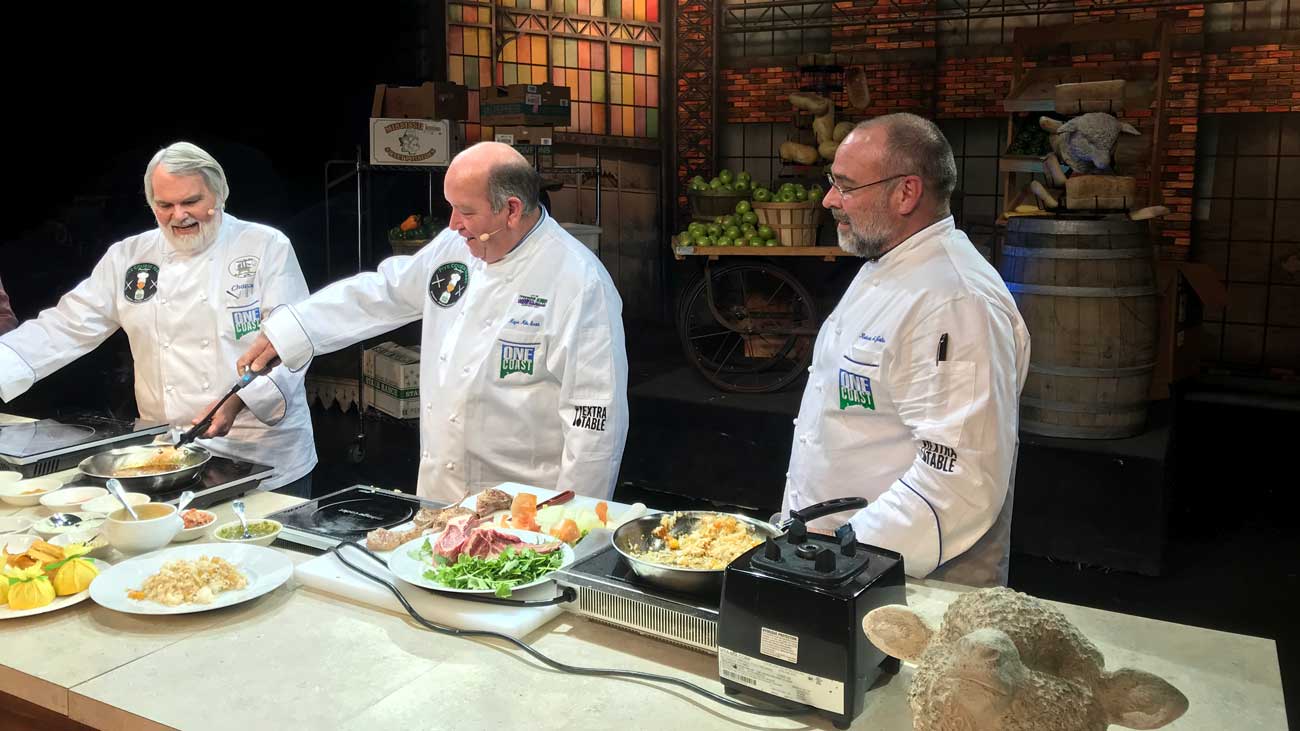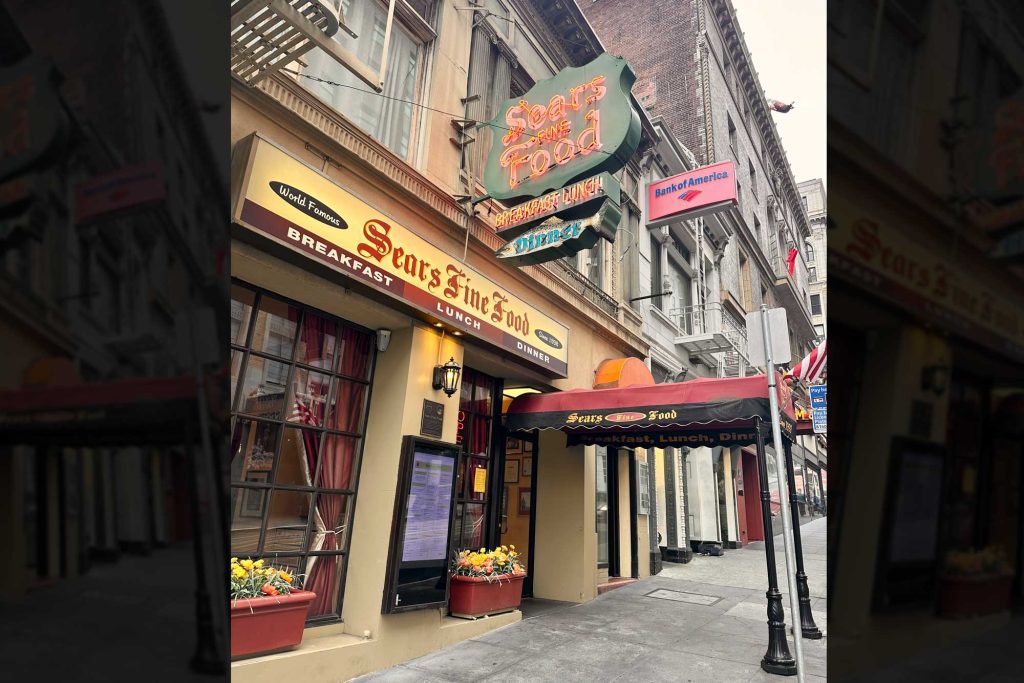VIENNA, AUSTRIA— In 1968, I came home from a day in first grade at Woodley Elementary School and my mother asked, “What did you have for lunch today?”
“Hamburger with peeling,” I said.
It took her two weeks to figure out that the cafeteria had served veal cutlets that day.
It’s strange to imagine that someone’s introduction to veal could come through the Hattiesburg, Mississippi Public School System. That was probably the only entity in town that served veal back in those days.
The product wasn’t veal as we know it by modern restaurant standards. It was actually a closer cousin to chicken-fried steak. It definitely wasn’t veal as it’s prepared here in Austria.
I am six weeks into this yearlong journey, and almost half of the time has been spent in Germanian countries along the Rhine and Danube. It’s not an area one looks towards when touting the culinary assets of Europe.
Schnitzel is big over here.
Wiener Schnitzel, is a term I have heard all of my life. Until this trip, I wasn’t quite sure what it was. As with so many other things, I was ignorant to the foodways and customs of most European countries that weren’t Italy or France. I always assumed that the “Wiener” in Wiener Schnitzel referred to the protein. Actually, “Wiener” is how they pronounce “Vienna” in the local tongue. Therefore, Wiener Schnitzel is a lightly breaded and fried scallop of veal as it is done in Vienna.
Schnitzel can also be made with pork, though— by law— it must be called something different (they’re serious about schnitzel). Yes, there are laws governing the verbiage of schnitzel and they vary from Germany to Austria. Schnitzel can only be called Wiener Schnitzel if it’s made with veal, but it doesn’t have to be made in Vienna.
I won’t get into all of the legality and terminology here, because I don’t want to spend any more time, energy, or money on schnitzel.
I am schnitzeled out.
We have eaten enough schnitzel to last us until the Hapsburgs regain power.
We have eaten Wiener Scnitzel with veal and German schnitzel made with scallops of pork. In Northern Germany, the kids ate schnitzel nuggets. On the highway between Hamburg and Rothenburg, we ate schnitzel at a gas station. The other night, while running late for a Mozart performance (he wasn’t playing, just his music) at the opera house, we stopped in a street-side café and the kids ate “schnitzel in a box.” Seriously, it was the Austrian version of a happy meal— fried veal and fries.
Fried potatoes are big in Germany and Austria, Greece, too. Other than some local greens in a restaurant in Mykonos, most restaurants have served fried potatoes. I have eaten fried potatoes with schnitzel— veal and pork. I have eaten fried potatoes with lamb. I have eaten fried potatoes with chicken. The kids were fired up because they didn’t think that they were going to get to eat fries until the frites of France. Not so. They are even getting tired of fried potatoes. In Meteora, Greece I ordered a gyro with pork and it had fried potatoes stuffed inside the pita bread with the pork.
I am over here researching and writing a book, so I’m trying to eat locally. When it comes to potatoes and schnitzel, the research is over.
Last night I ate the holy grail of schnitzel. Figlmuller restaurant has been serving Wiener Schnitzel in the shadow of St. Stephen’s Cathedral for over 100 years.
The Figlmuller is like a miniature version of the old-line New Orleans mainstays— Arnaud’s, Antoine’s, Galatoire’s and the like. The servers are all over 60, dressed formally, and the atmosphere is straight turn-of-the-last-century Europe. It is ground zero for schnitzel.
The veal is pounded to “three millimeters thick” (don’t worry, I don’t know metric either, but trust me that’s really really thin). The breading is light, and the portion size is larger than the plate on which it is served. It was good, as schnitzel goes, but the potato salad was the hit of the meal.
Actually, the potato salad made it into my top five dishes of the trip so far. When I look back over the course of my life to the best potato salad I might have ever eaten, I can’t think of one better than Figlmuller’s potato salad.
German potato salad is not like the Deep South potato salad we are accustomed to in America. Back home, mustard and mayonnaise are the ties that bind. Over here— and in the Midwest states of America— German potato salad is made with a light vinaigrette.
A lot of times, the Americanized version of German potato salad will have bacon in it. Not so, over here.
There was something about the Figlmuller potato salad that separated it from all of the others I’ve eaten over the years. “A secret ingredient,” I was told. After a little digging, I found out that the secret ingredient was pumpkinseed oil. After a little more digging, I learned that the “ingredient” wasn’t that big of a “secret” after all, and many places use pumpkinseed oil.
Secret or not, the pumpkinseed oil made a huge difference. My kids don’t eat potato salad, and they were fighting over it.
I’ve got Bavarian food so covered that I am eating other ethnic cuisines in these big cities and finding , next week I’ll begin a two-month stint in Italy, followed by two months each in Spain and France. There will be plenty of time to eat well.
Scnitzel wil be a distant mmory— whether it has peeling or not.

Note: I would typically have a German Potato salad recipe here, but the restaurant wasn’t giving up their version, and I am in a small hotel room 6,000 miles away from my test kitchen, so this recipe from one of my books will have to suffice
Deep South Potato Salad
6 cups Idaho potatoes, peeled and cut into a large dice
3 quarts Water
2 tsp. Salt
Place potatoes and salt in water and simmer on low heat until potatoes are tender. Drain and allow to cool.
2 cups Mayonnaise
1 /2 cup Yellow mustard
1 Tbl Dijon mustard
2 Tbl Cider vinegar
1 tsp White pepper
1 1 /2 tsp Black pepper, fresh ground
2 tsp Salt
1 cup Green onion, chopped
1 cup Red bell pepper, small dice
1 cup Celery, small dice
4 Eggs, hard-boiled and chopped
1 /4 cup Sweet pickle relish
Combine the first 7 ingredients to form a dressing. Add potatoes and all other ingredients to the dressing and mix well. Yield: two quarts



